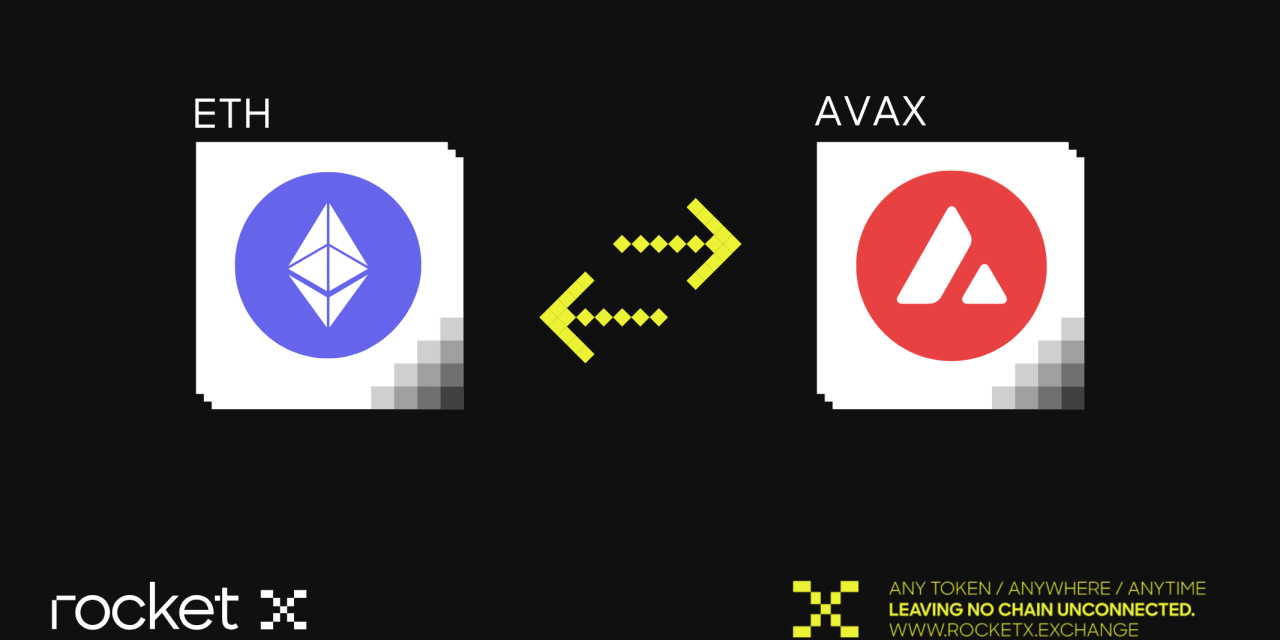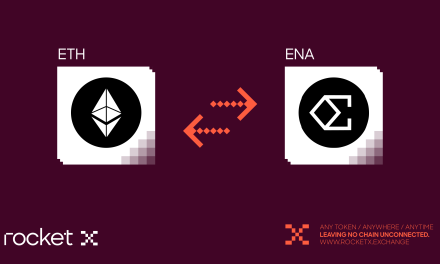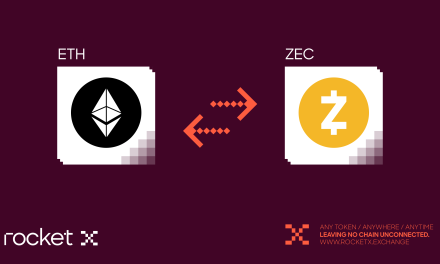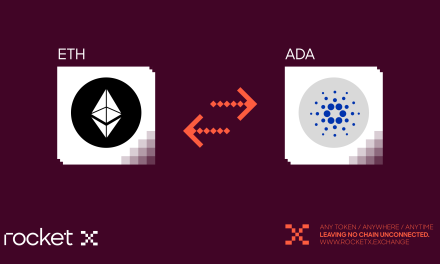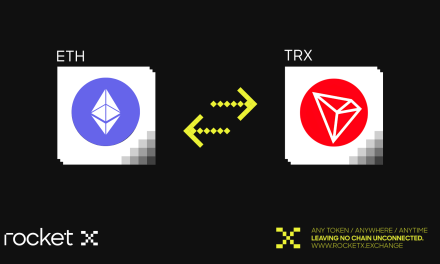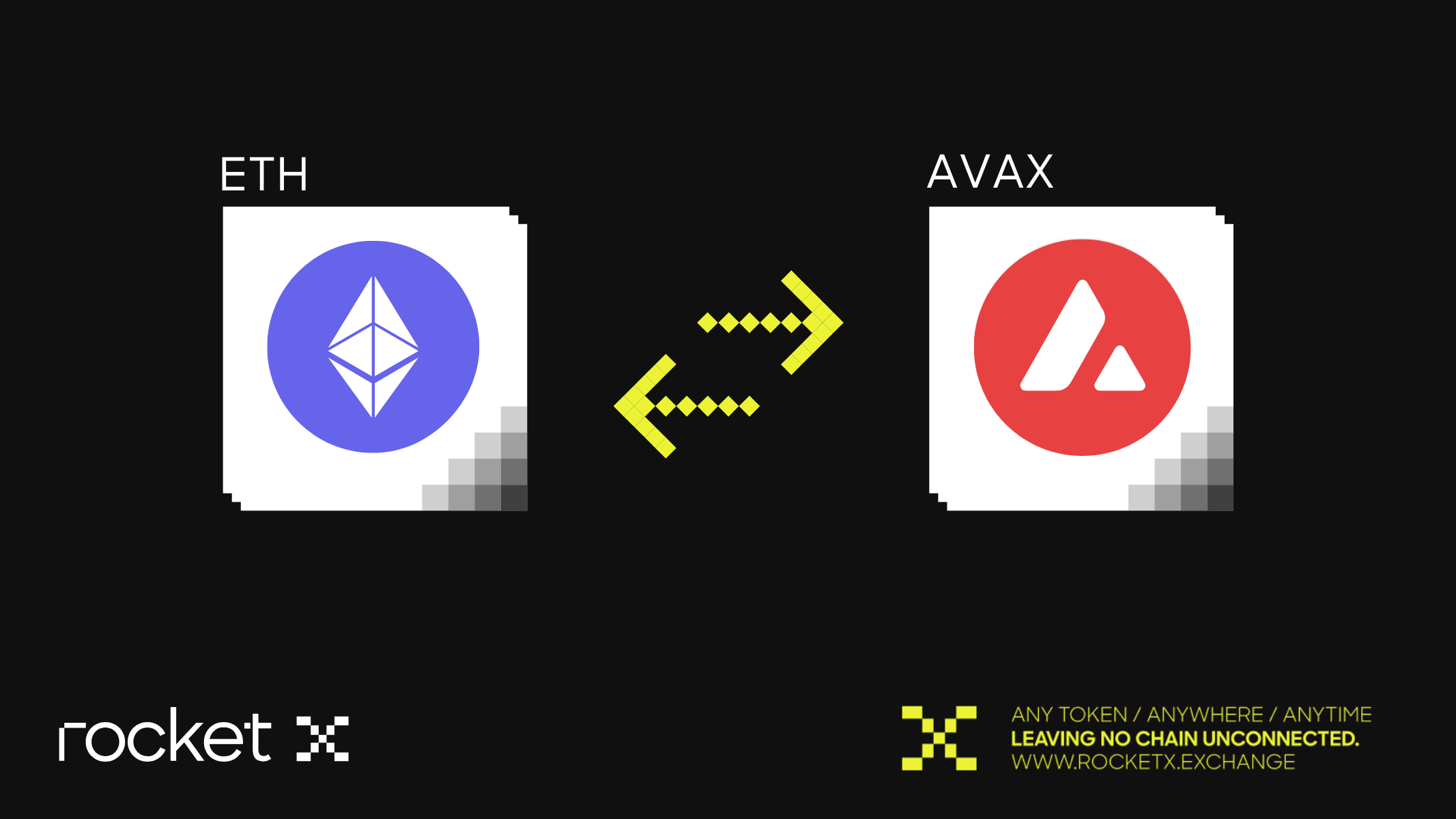
Introduction
Avalanche (AVAX) has established itself as one of the fastest and most scalable Layer 1 blockchains in the cryptocurrency world. Known for its near-instant finality, low fees, and eco-friendly design, Avalanche is more than just another Ethereum competitor — it’s a thriving multi-chain ecosystem that powers DeFi, NFTs, gaming, and enterprise applications.
Unlike many blockchains that operate on a single network, Avalanche runs on a unique three-chain architecture — the X-Chain for asset creation and exchange, the C-Chain for smart contracts, and the P-Chain for validators and subnets. This design allows the network to process thousands of transactions per second without sacrificing decentralization or security.
This blockchain continues to attract developers, institutions, and everyday users with its growing subnet ecosystem, cross-chain compatibility, and high-performance DeFi landscape. Whether you’re trading, building, or investing, knowing how to bridge your assets to Avalanche is the key to unlocking its full potential — and with RocketX Exchange, the process has never been faster or more cost-efficient.
What is Avalanche Network and How It Works
Avalanche is a next-generation blockchain platform designed for speed, scalability, and flexibility. Launched by Ava Labs in 2020, it powers decentralized applications, enterprise solutions, and even custom blockchains, while delivering sub-second transaction finality and low fees.
Whether you’re a developer building innovative projects or a user exploring the Avalanche ecosystem for DeFi, NFTs, or gaming opportunities, the network’s architecture is built to ensure high performance without compromising decentralization or security.
The Avalanche Consensus
At the core of Avalanche’s performance is its Avalanche Consensus, a novel approach that merges the strengths of classical consensus and Nakamoto consensus. Instead of all validators processing every transaction, Avalanche uses a repeated sub-sampled voting mechanism. Here, a validator randomly polls a small group of other validators to confirm a transaction’s validity. If a majority agrees, that becomes the validator’s preference, and after enough consecutive rounds, the transaction is finalized.
This process offers:
- High Speed – Transactions confirm in under two seconds.
- Massive Scalability – Handles thousands of TPS without congestion.
- Energy Efficiency – Requires minimal computational resources.
- Adaptive Security – Resists Sybil, DDoS, and collusion attacks.
Multi-Chain Architecture
Avalanche isn’t just one blockchain — it’s actually made up of three specialized chains, each with its own job:
-
X-Chain – Used to create and send digital assets like tokens.
-
C-Chain – Works like Ethereum, so you can run smart contracts and dApps.
-
P-Chain – Organizes validators and manages subnets (special mini-blockchains).
On top of that, developers can build their own subnets — custom blockchains with their own rules, tokens, and even governance systems.
Because each chain handles different tasks, Avalanche avoids network congestion and keeps running fast, even when lots of people are using it at the same time.
AVAX Token: The Backbone of the Avalanche Network
Without AVAX, the Avalanche network simply wouldn’t function. It’s the glue holding together the main chains (X, P, and C), the subnet ecosystem, and the validator network. Whether you’re a developer deploying a dApp, a validator securing the network, or a user exploring the Avalanche ecosystem, AVAX is your ticket to accessing Avalanche’s speed, scalability, and flexibility. With a hard-capped maximum supply of 720 million AVAX, it’s designed to be a scarce, valuable resource within the Avalanche ecosystem.
Key Utilities of AVAX
- Transaction Fees (Gas): Every swap, contract deployment, or subnet action on Avalanche requires AVAX for gas fees. These fees are burned, permanently removing them from circulation, creating a deflationary effect.
- Staking & Network Security: Validators stake AVAX to secure the network, earning rewards in return. The more AVAX staked, the greater a validator’s weight in consensus.
- Governance: Holders can vote on network upgrades, parameter changes, and other key decisions.
- Subnet Operations: Developers launching subnets must pay fees in AVAX, aligning new blockchains with Avalanche’s main network.
Tokenomics in Brief
Avalanche’s native token, AVAX, has a hard cap of 720 million tokens. That means no matter what, the total supply can never go above this limit.
When Avalanche launched, 360 million AVAX were created (this is called the genesis supply). The remaining tokens are slowly released over time as staking rewards for validators who help secure the network.
On the other side, transaction fees paid in AVAX are burned — permanently removed from circulation. This burning helps offset inflation from newly minted rewards.
Staking duration also affects rewards:
- Shorter staking periods earn fewer rewards.
- Longer staking periods earn higher rewards.
This balance of minting (rewards) and burning (fees) ensures AVAX’s supply grows in a controlled way and never exceeds the 720M cap.
Future Potential of Avalanche Network & AVAX Token
Avalanche has grown into one of the top blockchain ecosystems, known for its high-speed transactions, low fees, and scalability. With 500+ live protocols and billions in total value locked (TVL), it’s a strong contender in DeFi, NFTs, and gaming.
A major driver of this growth is Subnet technology, which lets projects create their own customizable blockchains while benefiting from Avalanche’s security and performance. This flexibility attracts enterprises, Web3 games, and DeFi platforms looking for speed without compromising decentralization.
Current metrics show Avalanche consistently ranks among the top 10 blockchains by TVL and active addresses, with a Bridged TVL exceeding $7.2B — proof of strong cross-chain liquidity inflows.
The AVAX token underpins the entire network. With a hard cap of 720 million and a burn mechanism that permanently removes tokens from circulation, AVAX has built-in scarcity. As network usage grows, especially through Subnets, the burn rate increases, potentially boosting long-term value.
With increasing adoption across DeFi, GameFi, and real-world asset tokenization, Avalanche is positioned for sustained growth. If you bridge assets to Avalanche, you’re entering a network that’s not only thriving today but also building a strong foundation for the future.
How to Convert or Bridge ETH to AVAX and Vice Versa
As Avalanche continues to expand its footprint in DeFi, gaming, and real-world assets (RWAs), the best way to tap into its potential is by experiencing the network firsthand. From exploring Avalanche subnets and interacting with lightning-fast DApps to staking AVAX for passive rewards — it all starts with getting your assets onto the Avalanche chain.
With RocketX, that process is seamless, no matter which blockchain you’re starting from. Here’s how:
- Open RocketX Exchange
Visit app.rocketx.exchange in your browser.
- Connect Your Wallet
Click “Connect Wallet” and choose from the supported options like MetaMask, WalletConnect, or other major wallets. Make sure your wallet is connected to the same network where your assets are currently stored.
- Select Source and Destination Networks & Token
In the Source Network dropdown, select the blockchain holding your tokens (e.g., Ethereum, Polygon, Arbitrum).
In the Destination Network, choose Avalanche and select AVAX — since AVAX is required for most activities on the network.
Example: In this guide, we’re bridging from the Ethereum network and ETH token to AVAX. However, you can bridge any supported token of your choice.
- Enter Amount & Compare Rates
Enter the amount you want to bridge. RocketX will automatically scan 500+ liquidity sources to get you the best possible rate.
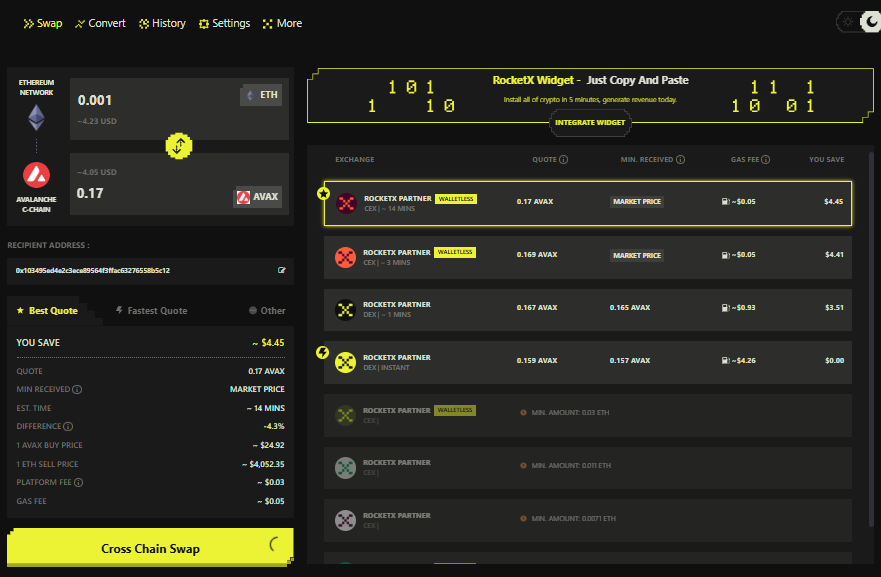
- Review & Confirm
Check the fees, slippage, and estimated processing time. Click “cross-chain swap” when you’re ready.
- Approve & Receive Assets
Approve the transaction in your wallet. Within moments, your tokens will arrive on Avalanche — ready to power your journey in its fast-growing ecosystem.
Conclusion
Avalanche has carved out a place as one of the most powerful Layer-1 blockchain platforms, blending speed, scalability, and innovation. Its advanced consensus mechanism, thriving subnet architecture, and expanding ecosystem — from DeFi and GameFi to real-world asset integration — position it as a leader in blockchain adoption.
From strategic partnerships to groundbreaking tech, Avalanche is shaping the next generation of decentralized applications. Whether you’re an investor, developer, or blockchain enthusiast, the opportunities are vast.
If you’re ready to stake AVAX, explore high-speed dApps, or build on a scalable network, your first step is to bridge to Avalanche. With RocketX, you can move assets from nearly any blockchain in minutes, unlocking the full potential of the Avalanche ecosystem.
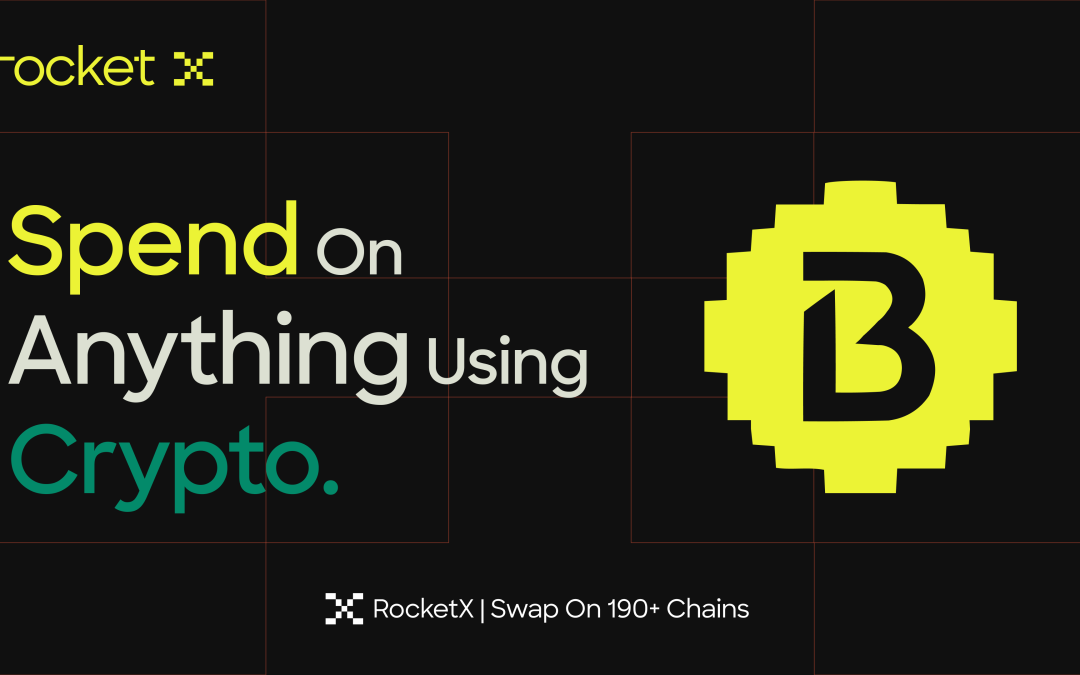
Spend Crypto on Anything with RocketX: Bitrefill Integration Explained
Introduction Crypto is now entering a phase where it’s no longer just held, traded, or moved between chains. It is finally becoming usable in the...
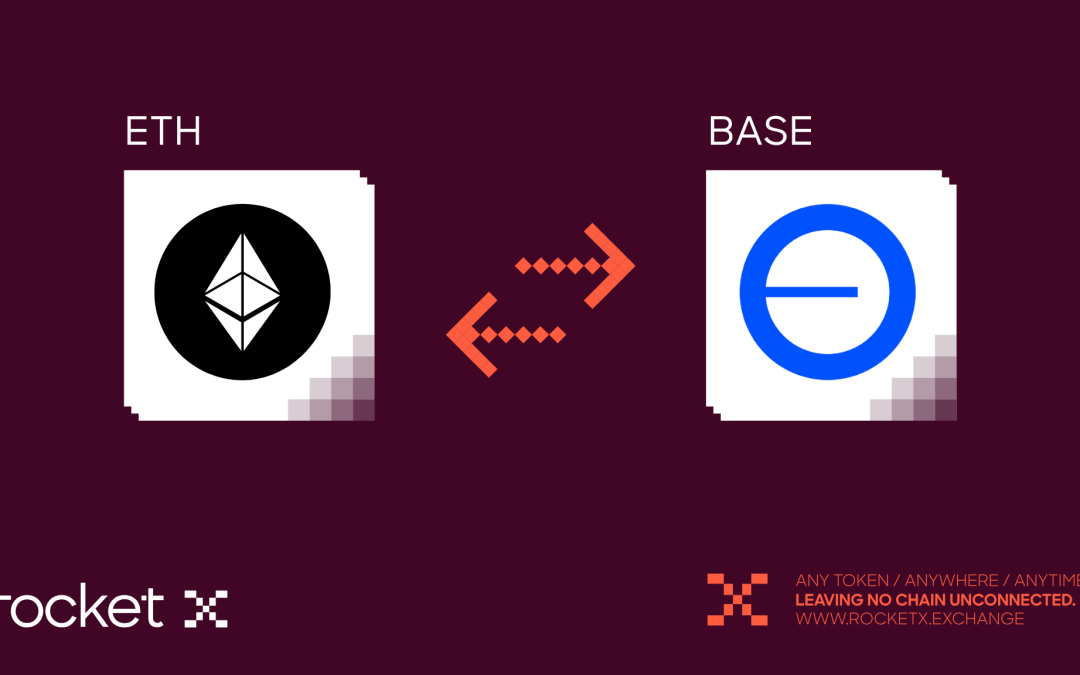
ETH to Base Bridge: Fastest Way to Move to Base Network with RocketX
Introduction Base has emerged as one of the fastest-growing Ethereum Layer 2s, boasting over $4.7B in TVL, 1M+ daily active users, and a...

